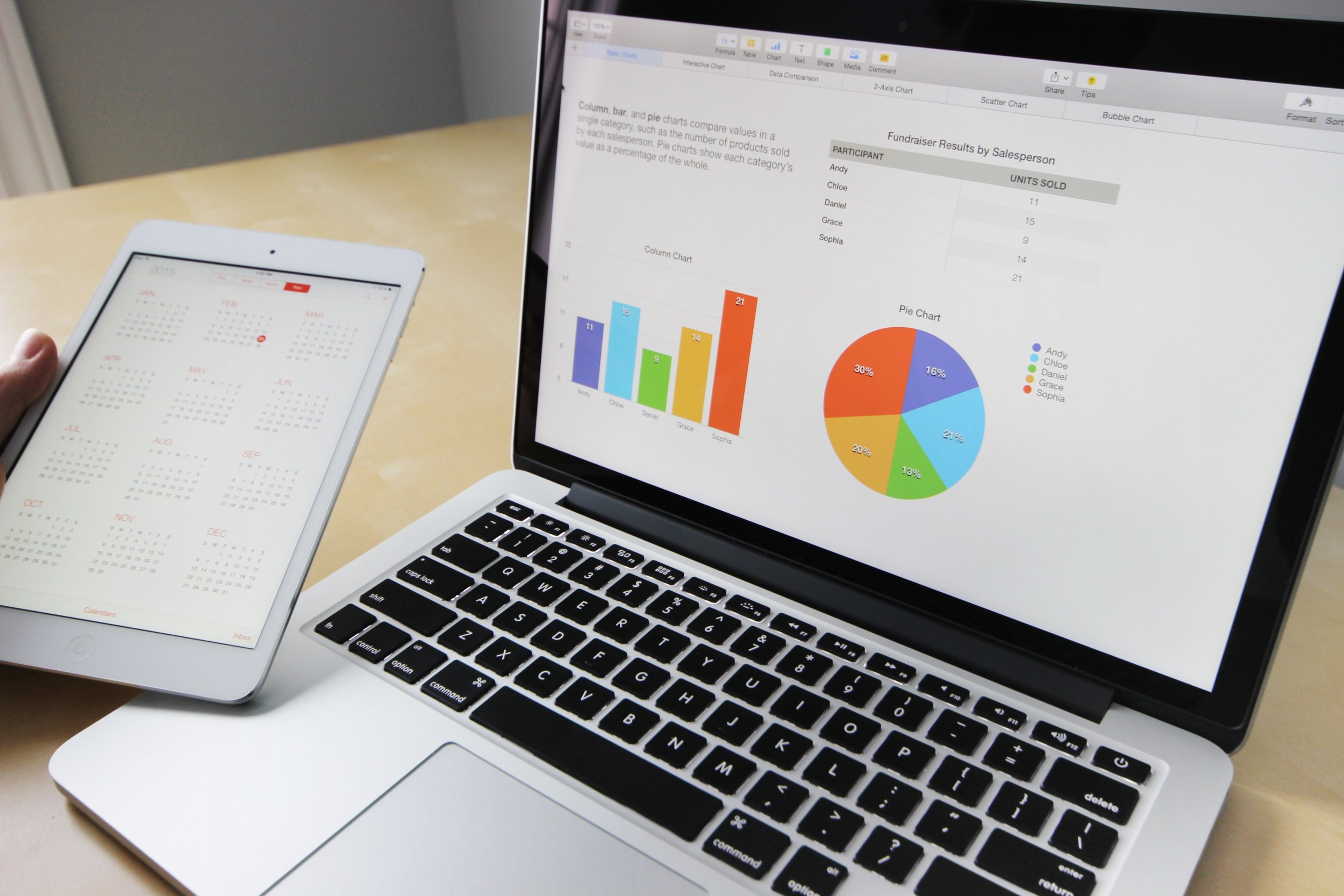TRADE FINANCE, A POPULAR ALTERNATIVE TO BRICKS AND MORTAR LENDING
Trade Finance seems to be the current in-style and a much sought-after financing option at the moment.
Why Trade Finance and who is best to talk to about it?
The first question you might be asking is - What is Trade Finance?
Put simply, Trade Finance in its purest form is the funding of the movement of stock, usually cross-border. It is one of three main forms of Current Asset Finance. The other two are Working Capital Finance and Accounts Receivable Finance.
The main Trade Finance Products used in Australia is a Letter of Credit and Trade Import Line of Credit Loans.
A Letter of Credit (LC) is a letter from a bank guaranteeing that a buyer’s payment to a seller will be received on time and for the correct amount. The bank will pay the seller the value of the goods when the seller provides documents that satisfy that the goods have been shipped, such as the Bill Of Lading. The borrower must have funds available to cover the LC advance as it’s made by the bank.
A Trade Import Line of Credit Loan is a revolving line of credit specifically for the payment of trade suppliers. The usual repayment term is between 90 and 180 days from the date of paying the invoice.
Working Capital is the difference between a company’s current assets and current liabilities. It is used to fund operations and meet short-term obligations. If a company has enough working capital, it can continue to pay its employees, suppliers and other short-term obligations.
Working Capital Finance provides cash into your bank account, but the repayments are spread over years and the liability is placed into long-term (deferred) liabilities which then improves your working capital.
The different types of specialised finance
Then there is Accounts Receivable Finance, also known as Invoice Finance or Debtor Finance.
This type of finance comes in several forms:
· Invoice Discounting,
· Invoice Financing
· and Invoice Factoring.
Accounts Receivable Finance allows a company to convert its debtors into cash. Instead of having to wait for 30 or 60 days to be paid by customers, they get their cash now.
Invoice Discounting is typically a bank product whereby funding is provided against the debtors as a whole and the debtors pay into the company’s bank account. Those debtors are generally unaware of the facility.
Invoice Finance is funding against the debtor by the debtor, the debtors are aware of the facility and pay into the finance company’s account.
Invoice Factoring is similar to Invoice Finance with the difference being that the finance company also actively collects the debts.
This may all sound complicated and even somewhat conflicting in parts.
Trade, Working Capital, and Invoice Finance all have their individual advantages and ability to solve different problems. In fact, sometimes they work extremely well when properly combined.
That’s why it pays to see the experts in the field of this specialised area of finance. Knowing what is available and which of the different options will work best for you can be of great value.
When you are asking yourself about the different types of finance available and which avenue to talk to get the best possible outcome, you are probably asking the wrong person.
When it comes to questions such as ‘Why Trade Finance?’ and ‘will it work for me and my business?’ then the answer is to talk to the experienced and trusted team who are dedicated to delivering the best results.
Invoice Money is a Specialist Invoice Financier with the power of affiliations with our specialists who can assist you with all the other products listed above.
A better financial future can start today. Talk to Invoice Money about how right now.
Invoice Money is the Invoice Finance provider of choice for SMEs. To see how Invoice Money can help your cash flow contact our friendly team here.

